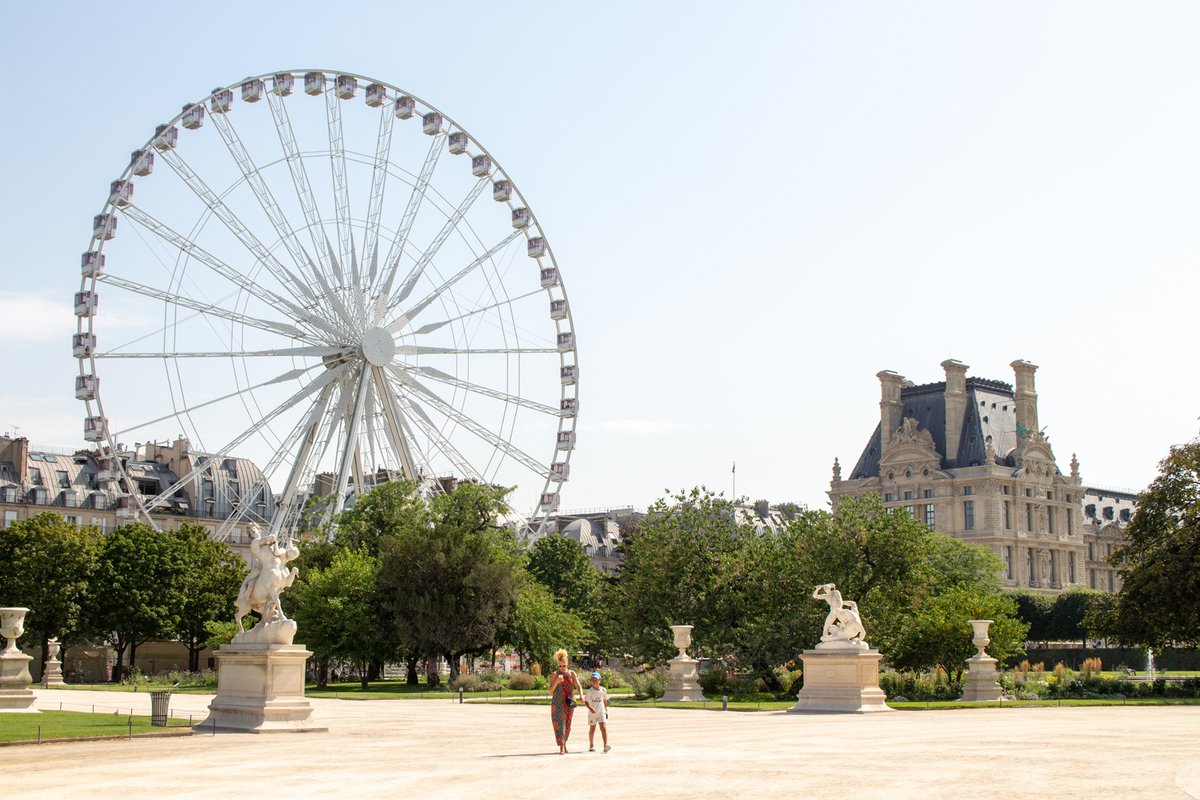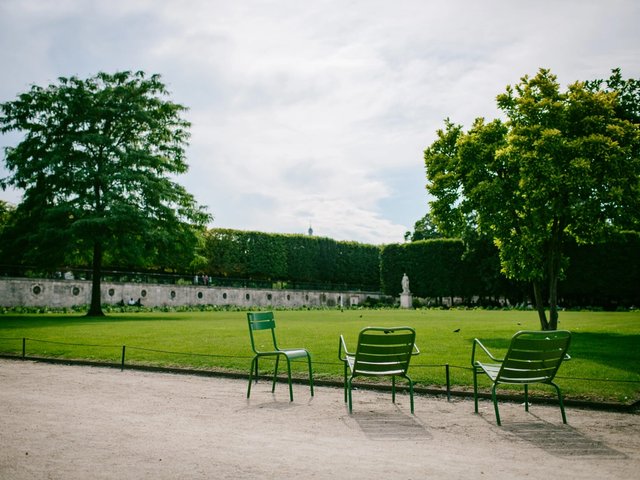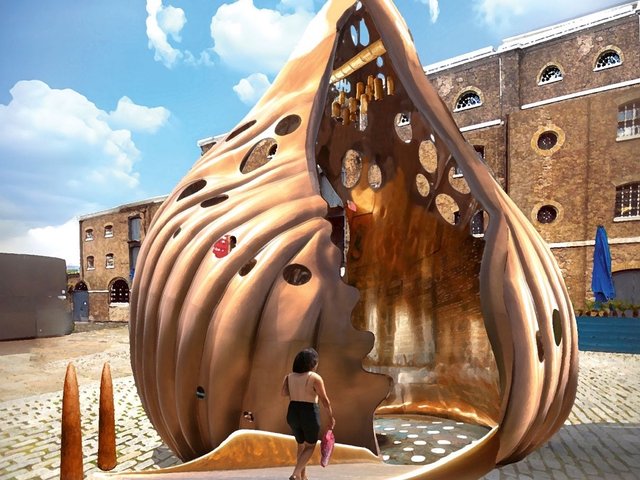France’s plan for a national memorial to the victims of slavery has been suspended after a disagreement over its concept.
Last June, the French ministry of culture and the ministry for overseas territories launched an open call for artists to create the memorial for the Tuileries Gardens in Paris. The announcement emphasised that the work should have a pedagogical dimension and be conceived in partnership with the organisations that had campaigned for the memorial. The winning artist was due to be announced in the first half of 2021, with the piece expected to be completed by the autumn.
Five artists were short-listed from around 100 proposals last October. They were Julien Creuzet, Gaëlle Choisne and Jean-François Boclé (with the architect Fabrice Granville), who are all French with origins from the Caribbean; the American artist Adrian Piper; and the artist duo Sammy Baloji, from the Democratic Republic of the Congo, and Emeka Ogboh, from Nigeria.
However, CM98 (Comité Marche du 23 Mai 1998), which had advocated for the memorial along with the Slavery and Reconciliation Foundation, claimed that the five artists would not adequately take into account the names of 200,000 freed slaves, which was a precondition for the project. On its website, CM98 states: “It’s with the names or nothing.”
CM98, which aims to "rehabilitate, honour and defend" the memory of victims of colonial slavery, has documented the names of 200,000 freed slaves from Guadeloupe, Guyana, Martinique and Réunion following the abolition of slavery in 1848. The organisation proposed the idea for the memorial during François Hollande’s presidency, and again in 2018, which led to President Emmanuel Macron commissioning the monument.
Christopher Miles, the managing director of artistic creation in the culture ministry, tells The Art Newspaper: “We couldn’t reach an agreement with the partner of the operation, which thought that the five artists didn’t respond to its initial demand for a memorial. We can't continue with the procedure because it didn’t correspond with the project our partner had imagined. So we have decided to suspend the procedure and start again in order to reach a consensus.”
Following the impasse, the specification around the project will be reconfigured to address the inherent complexity of the memorial. “We’ll take more time to define the requirements in a more precise way in order to treat the important, historical aspect about bearing the names of people recognised as the descendants of slaves,” Miles adds.
The short-listed artists were informed of the decision earlier this month in a letter sent from the culture ministry and the Louvre, which is responsible for the management of the project.
Serge Romana, a jury member from the Slavery and Reconciliation Foundation and a former president of CM98, describes the tension between the government and the campaign groups: “The steering committee presided over by the culture ministry had more of an artistic outlook, whereas the orientation committee [behind the campaign for the project] envisaged a memorial. CM98 said the inscription of the names should be the main element; if the artists had thought that, there wouldn’t have been a problem.”
Meanwhile, Mathieu Kleyebe Abonnenc, an artist on the jury, says: “All the artists evoked the requirement of the names in their applications and we didn’t give them time to fine-tune this specification. If the focal point was the names, it wasn’t necessary to call upon artists—an architect could have designed a stele. Artists aren’t service providers, their works are sensitive reflections that enable us to re-articulate societal tensions and these complex, historical and painful legacies in order to convey their effects on the present.”
The situation has frustrated some of the shortlisted artists. “I knew that the project would be cancelled when I learned through unofficial channels that CM98 had refused to sign the majority’s final report on who had won the artistic competition,” Piper says. But she agrees that the names of the freed slaves should form part of the piece. “By permanently inscribing their names, we acknowledge their existence and the human dignity they always had but that we only now belatedly remember.”
Including some of the names is perplexing for Choisne: “Around 10% of the names were given to them by slave masters and aren’t worthy of inscription in a memorial. And if it’s a memorial to the victims of slavery, it’s reductive for it to be just about France.”
Other artists lament the lack of communication from the culture ministry. “Everything came out in the press following the short list in October,” Boclé says. “It’s very disappointing to only get the information through the media.”
For Creuzet, the controversy belies larger, underlying problems: “It’s only in 2021 that one thinks of making a memorial for people whose freedom was stolen; it’s 200 years too late. But this gesture is a first, necessary, commemorative step. We need to heal and have a work about memory acknowledging the [basis of the] world economy in a certain colonial era. We should have a memorial in each town in France, just as there are for soldiers who died in wars.”




